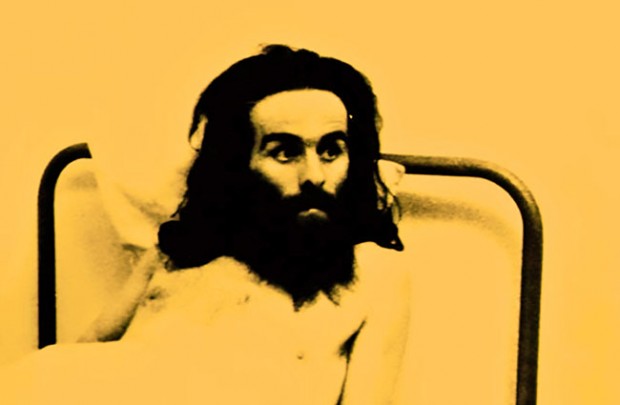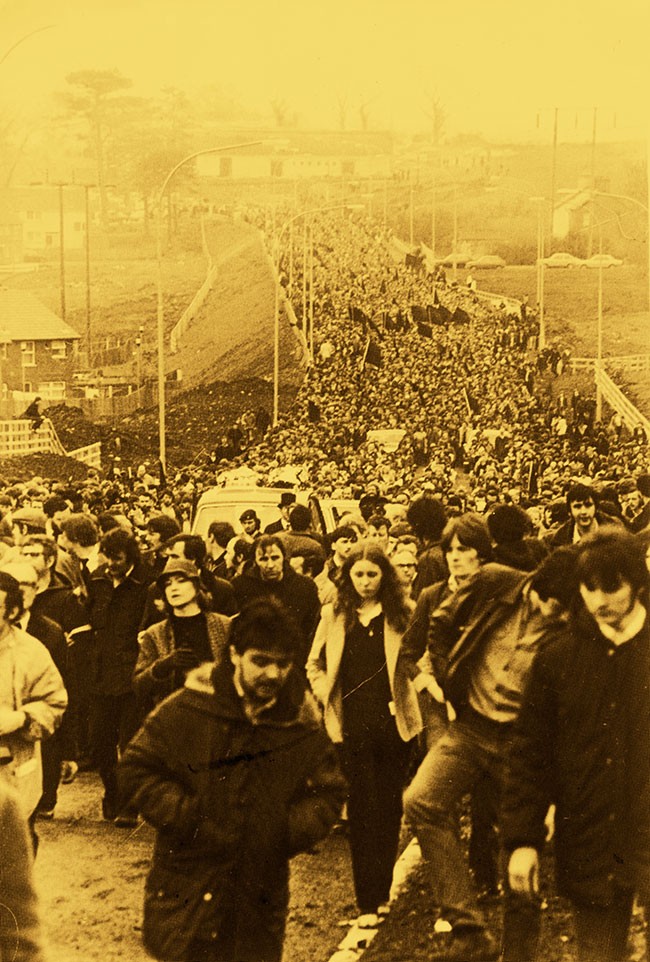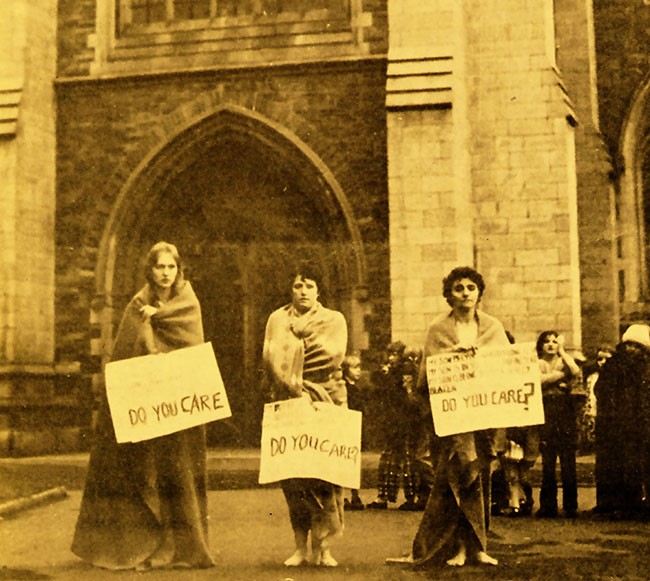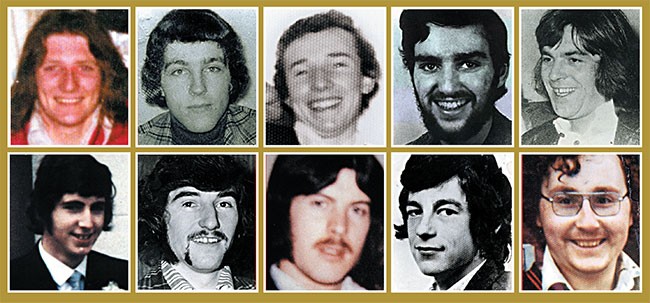30 September 2018 Edition
Time to rededicate ourselves to the future challenges

• Raymond McCartney took part in the 1980 Hunger Strike
This year the national Hunger Strike commemoration will take place in Castlewellan, County Down.
Over the weekend culminating in the March on Sunday, republicans will come together in memory of the ten men who died in the prison hospital in Long Kesh, in 1981.
The weekend will allow us all to remember, to reflect and to examine the impact the H Block/Armagh prison struggle had on our lives, on our struggle.
There is no doubt that the 1981 hunger strike was a seminal period in our history. It shaped and defined our struggle for a generation. Its legacy both endures and continues to unfold.
Yet on March 1st 1976, guided as much by instinct as any strategic vision, republican prisoners vowed that they would resist all attempts to criminalise them and by extension the struggle for Irish freedom.
By the 3rd October 1981, the day the hunger strike ended, Britain’s policy of criminalisation was in tatters.
Long Kesh and Armagh women’s prison were synonymous with political imprisonment.
Looking back over the many years since 1981, one only has to look at the strength of Republicanism, to get a sense of the road we have travelled.

• The People’s MP – Bobby Sands funeral
Sinn Féin today is the largest party in Ireland and our potential to deliver Irish unity is obvious.
That growth, that increased strength is not the result of any single factor.
Yet many of the people involved today in our struggle, cite the hunger strike as a defining period, or as a constant source of inspiration.
For a generation of young people it was their 1916, or as it was for my generation, their Bloody Sunday.
It is easy to understand why people are inspired by the hunger strikers, their sacrifice is the epitome of courage and selflessness.
The hunger strike demonstrated the power of the individual, acting within a collective movement to uphold the integrity of political struggle, and defeat all attempts to undermine that.
In 2006 I had the great honour and privilege to speak at the Hunger Strike monument in Victor Hugo Park in Havana.
On a billboard nearby, which was designed to inspire Cubans in to activism, were the words,
“Walkers, there is no path. The path is made by walking.”
For me two images from that period captures the essence of the billboard and of the H Block/Armagh movement.

• Mary Nelis, Cathleen McCann and Teresa Deery protest at St Eugene’s Cathedral in 1976
One, is the photograph of Mary Nelis, Cathleen McCann and Teresa Deery standing in the grounds of St Eugene’s Cathedral in Derry, clad only in blankets. Their message simple, asking if people cared, as they sought to break down the wall of silence that surrounded the prison protest.
Cardinal Tomas Ó Fiaich cited incidents such as this as the spark which took him on a journey, his own path, which led him to visit to the H Blocks and his subsequent observation that the conditions he found there, akin to the sewers of Calcutta.
Three women, a mother, a wife, a sister isolated and alone, their strength obvious. Its impact immeasurable as the wall of silence came tumbling down.
Contrast this to the image of the cortege of Bobby Sands making its way from his home in Twinbrook to Milltown cemetery. Over 100,000 people, a dark mass of individuals coming together in collective strength to lay to rest, the People’s MP.
The power of the individual, coming together as one.
Carving out the path
So now as we take time to remember and reflect, it is also a time to rededicate ourselves to the many challenges that lie before. The walking continues, new paths to be created.
Throughout many years, we have often asked the question, what was it that Bobby, Frank, Raymond, Patsy, Joe, Martin, Kevin, Kieran, Thomas, Michael had within themselves that provided them with the strength to endure hunger strike and lay down their lives in the manner they did.
These were ten Irish men, from different backgrounds, from different places and yet united by a desire to end partition, and create an Ireland based on the principles of the 1916 Proclamation.

For me, when Bobby wrote, he did so with history and perhaps that question, very much on his mind.
So we need not look any further than those final lines in his poem, the Rhythm of Time,
“It lights the dark of this prison cell
It thunders forth its might
It is that undauntable thought my friend
The thought that says I’m right.”
We are political prisoners.
Raymond McCartney is a former political prisoner and hunger striker. He is a Sinn Féin MLA representing the Foyle Constituency.




